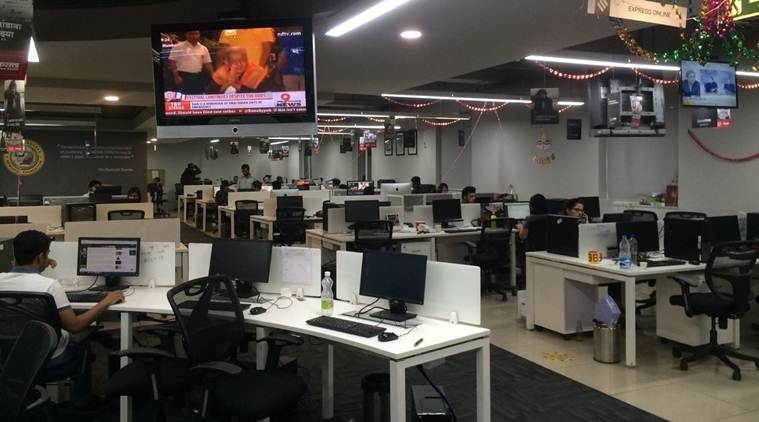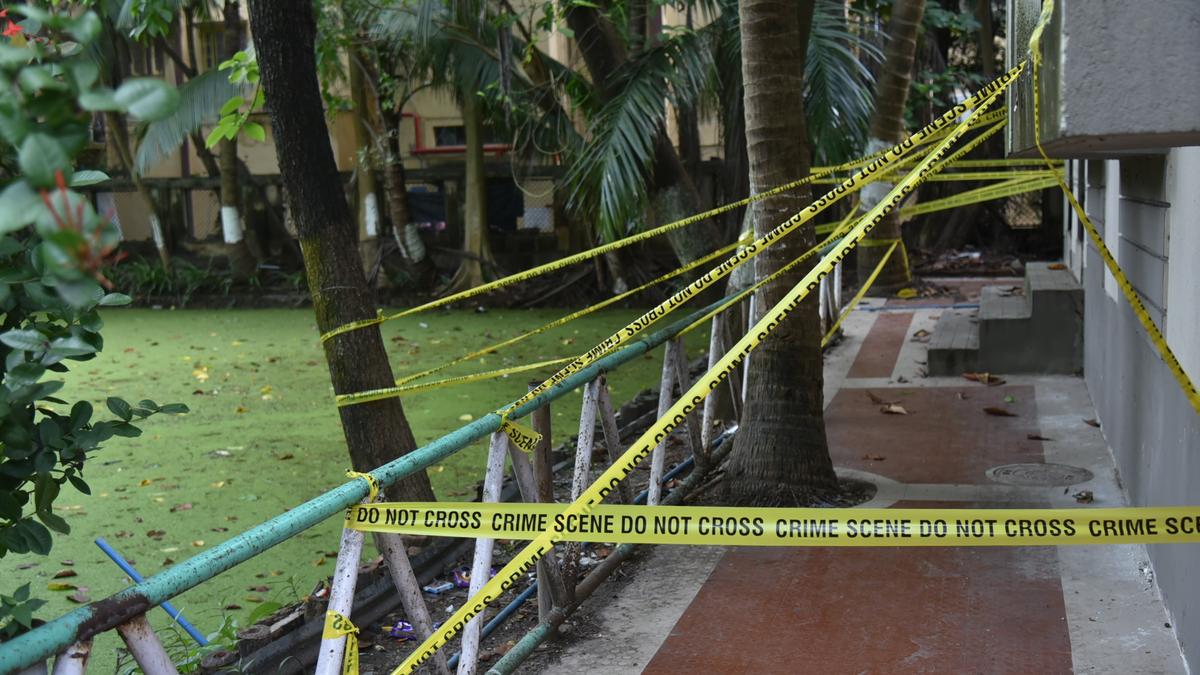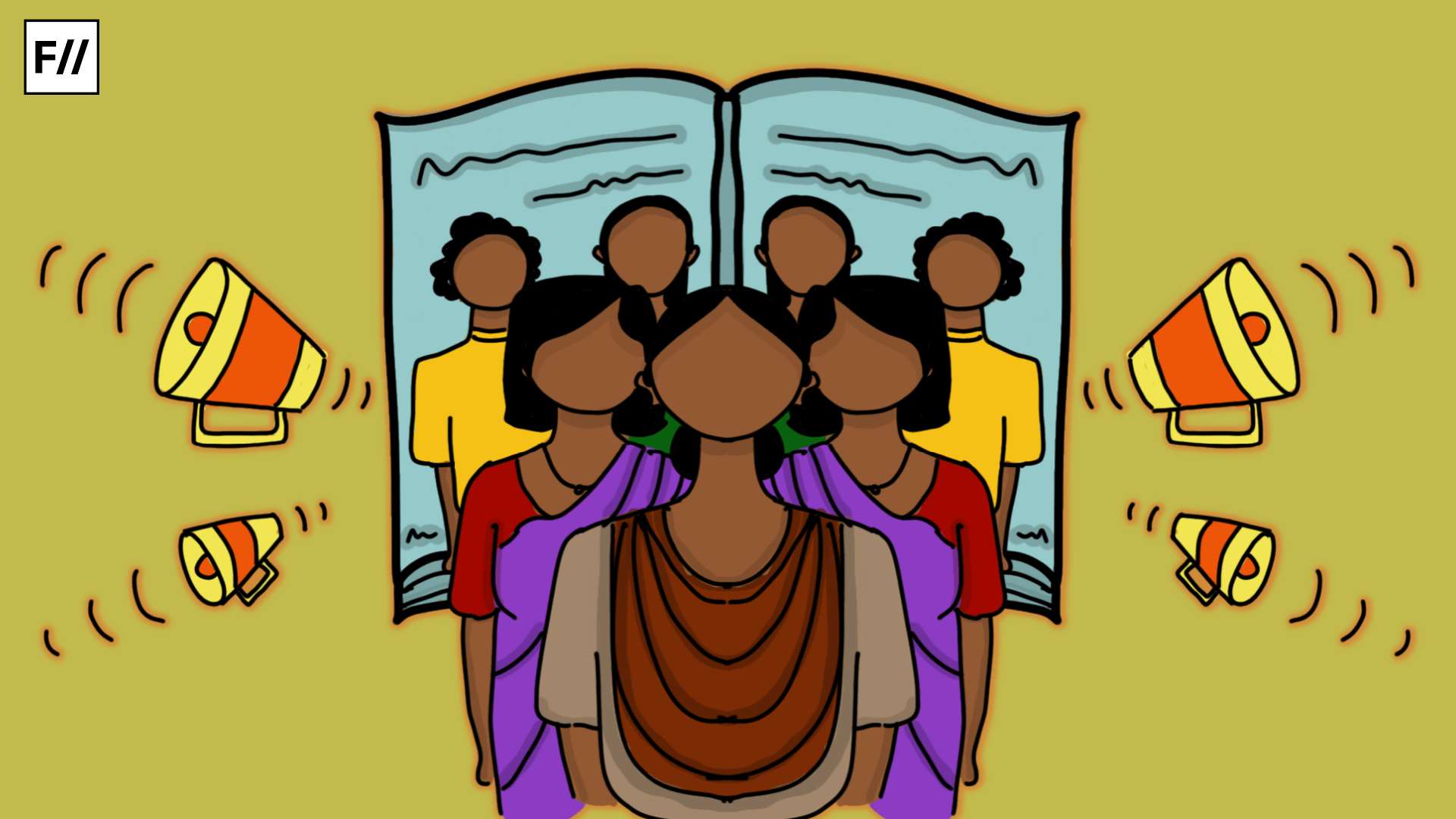Editor’s Note: This article is part of the #GBVInMedia campaign for the 16 Days Of Activism global campaign to end gender-based violence. #GBVInMedia campaign analysis how different kind of mainstream media (mis)represents/reports gender-based violence and broadens the conversation from violence against women to violence against people from the queer community, caste-based violence and violence against people with disabilities. Join the campaign here.
I remember the day I was sitting at my desk listening to two male journalists discuss the case of a foreign tourist, who had been allegedly raped by her guide and held in a hotel room for several days. My colleagues were trying to figure out the news value of the story.
“She could have run away from the hotel room, right?” asked one male colleague. “She could have shouted at least”, the other responded. As this conversation went back and forth, they decided that her story was unreliable and maybe she had consensual sex with the guide earlier and changed her mind later. Finally an editorial decision was made to not cover the incident.
And this is how a newsroom works. ‘Did she cry? Did she resist? Did her statement change over time? Did she look distressed enough?’
Journalists are meant to question everything: every story, every narrative, and pick holes through them. But when it comes to violence against women and girls, this questioning becomes more rigorous and harsh, almost insensitive.
Most male journalists don’t seem to understand a woman’s experience of sexual violence. They do not understand her reasons for resisting and being distraught during an attack. Nor can they comprehend her lack of resistance and her silence when being subjected to violence. As human beings we experience trauma and the aftermath of that trauma in different ways. Sexual violence is no different. It is not difficult to realize these distinctions but try correcting a male colleague and you are instantly called a feminist, as if it’s a dirty word and you have just been abused.
Existence of such perspectives in a newsroom is not the only problem. Voyeuristic nature of reporting incidents of sexual violence is another major issue. News stories are made more ‘colourful’ by adding ‘juicy details’ of the incident. Such intimate details ensure front page coverage, more air-time, and more bylines.
In a bid to get the story out, hounding a survivor of violence and their family is another common practice. During the coverage of the Delhi gang-rape incident, it was considered a coup to have found and contacted Jyoti’s family for an interview or a soundbite. Despite clear guidelines by the Press Council of India on covering sexual violence, most media happily violated them by identifying her and her family.
It is not just the stories of violence against women that lack media sensitivity. Reports of attacks on the LGBTQ community are often filed after homophobic and transphobic jokes have been cracked at their expense in a newsroom. In-depth coverage of such attacks involves delving into titillating details about the violence an LGBTQ person has endured or their sex lives.
There is a pressing need for newsrooms to check the rampant homophobia and the prevalence of excessive descriptions of violence in news reports. Good editorial practices can nip these unethical acts in the bud. Some news organizations are conscientious enough but many more need to reflect and develop policies that can positively change the way these issues are reported.
Gender in itself is a complex issue to understand and report about, gender-based violence is more so. It is a need of the hour that journalists reporting on gender and gender-based violence should be trained and sensitized. Better policies should be adopted and enforced in news organizations. The onus lies on the editors and the journalists to take responsibility of the news coverage from a neutral and a gender sensitive lens.
The author is a New Delhi based journalist with a decade long experience covering developmental issues and national politics.




